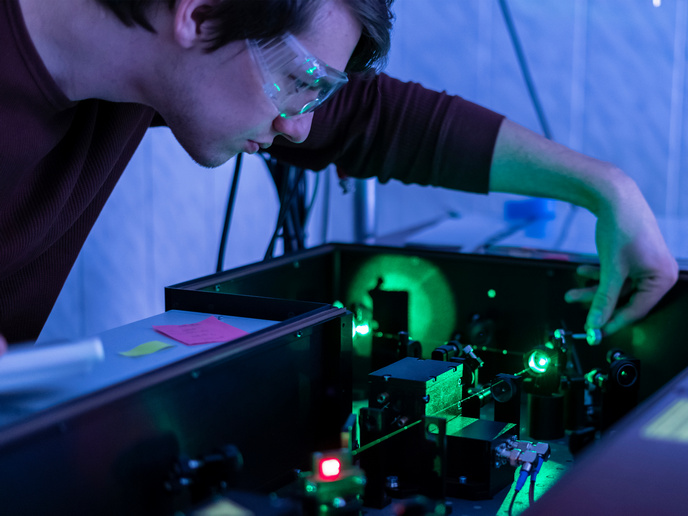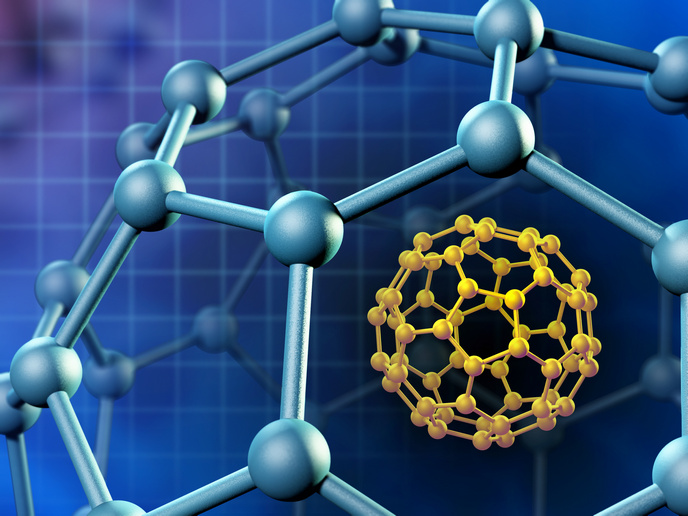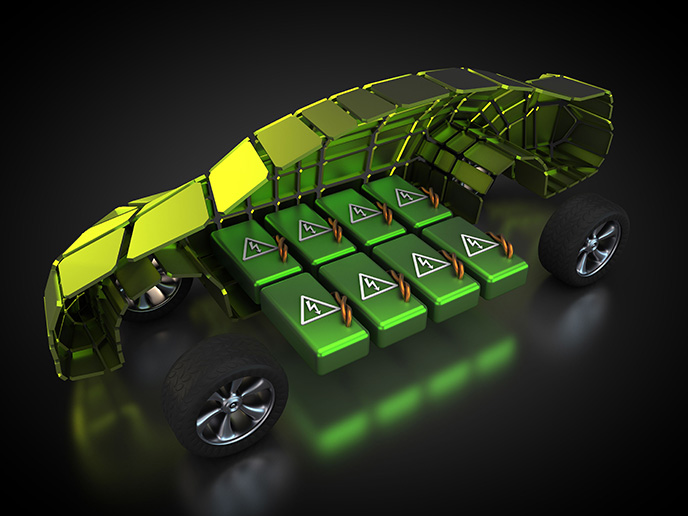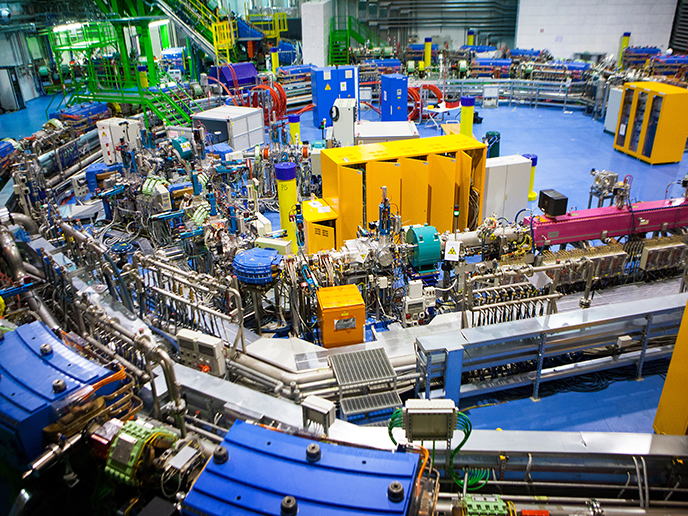Opening up new era of quantum measurements
Metrology(opens in new window) is the branch of science dedicated to providing traceability, accuracy and consistency in measurements. The international system(opens in new window) (SI) has traditionally set out the global standards and definitions for physical units that underpin all these measurements. In practice, this means that since the 19th century, the reference kilogram, or metre, has been kept in Paris. National metrology standards have then been calibrated against these standards.
Universal quantum standard for electric currents
In 2019 however, the SI was redefined in terms of fundamental constants of nature. What this means is that many units of measurement no longer need to be realised by a specific method or device. This has opened up new possibilities for realising accurate measurements of electrical currents at the quantum level, through finding and confirming fundamental constants. The EU-funded QUANTUM E-LEAPS(opens in new window) project sought to advance electrical quantum metrology, by focusing on a fundamental process called coherent quantum phase slips(opens in new window) (CQPS). To do this, the project examined superconducting nanowires – wires with diameters measured at the nanoscale. “Portions of nanowire exhibit energy fluctuations that instantaneously resist current,” explains project coordinator Antti Kemppinen from the VTT Technical Research Centre of Finland(opens in new window). “Known as quantum phase slips, we wanted to see if this phenomenon could be used as the dynamic equivalent quantum standard for voltage.”
Integrated CQPS-based current standard
Scientists have long predicted that the physics here would be the same as the existing quantum-based current standard, known as Josephson junctions. The team was able to successfully demonstrate that a CQPS-based standard could indeed be integrated within existing voltage standards. “We found evidence of the essential phenomenon we were looking for,” says Kemppinen. “This is still fundamental science though. The work was focused on improving our understanding of the basic physics.”
Simplifying electrical measurements
The final, long-term goal of this work is to move towards a quantum current standard based on this fundamental constant in nature. The key benefit of this would be user-friendliness, through simplifying electrical measurements. “A good example of the potential here is global satellite navigation systems,” adds Kemppinen. “There is no need to calibrate global positioning satellites, because they are based on fundamental metrology – the atomic clock.” Atomic clocks measure time by monitoring the resonant frequency of atoms, and are extremely accurate. This enables them to send positioning data directly to your smartphone, without the need for a scientist to fine-tune or operate your phone. “For any kind of device, user-friendliness can be just as important as performance,” notes Kemppinen. “Think of a car. Even if your car has an excellent accelerator and is technically brilliant, there is little societal benefit if you require a scientist to drive it.” The results of the QUANTUM E-LEAPS project pave the way for user-friendly quantum current standards, which could simplify the metrological calibrations required by the electronics industry. This could eventually lead to direct applications within the booming field of quantum technologies – in quantum sensing, communication or computing.







